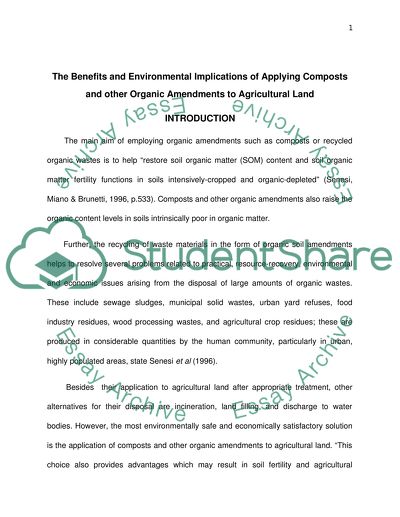Cite this document
(“Discuss the benefits and environmental implications of applying Essay”, n.d.)
Discuss the benefits and environmental implications of applying Essay. Retrieved from https://studentshare.org/environmental-studies/1402475-discuss-the-benefits-and-environmental
Discuss the benefits and environmental implications of applying Essay. Retrieved from https://studentshare.org/environmental-studies/1402475-discuss-the-benefits-and-environmental
(Discuss the Benefits and Environmental Implications of Applying Essay)
Discuss the Benefits and Environmental Implications of Applying Essay. https://studentshare.org/environmental-studies/1402475-discuss-the-benefits-and-environmental.
Discuss the Benefits and Environmental Implications of Applying Essay. https://studentshare.org/environmental-studies/1402475-discuss-the-benefits-and-environmental.
“Discuss the Benefits and Environmental Implications of Applying Essay”, n.d. https://studentshare.org/environmental-studies/1402475-discuss-the-benefits-and-environmental.


